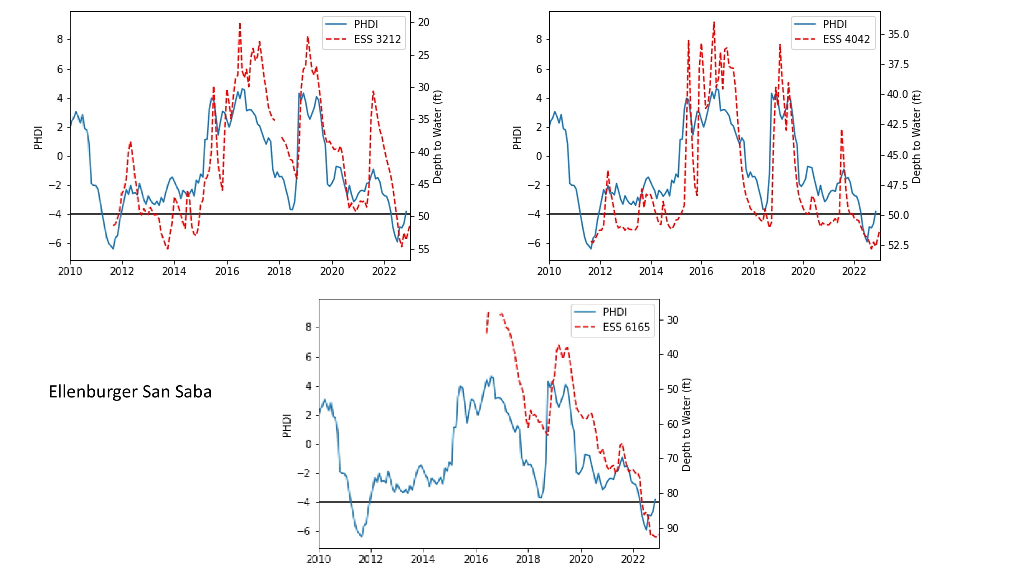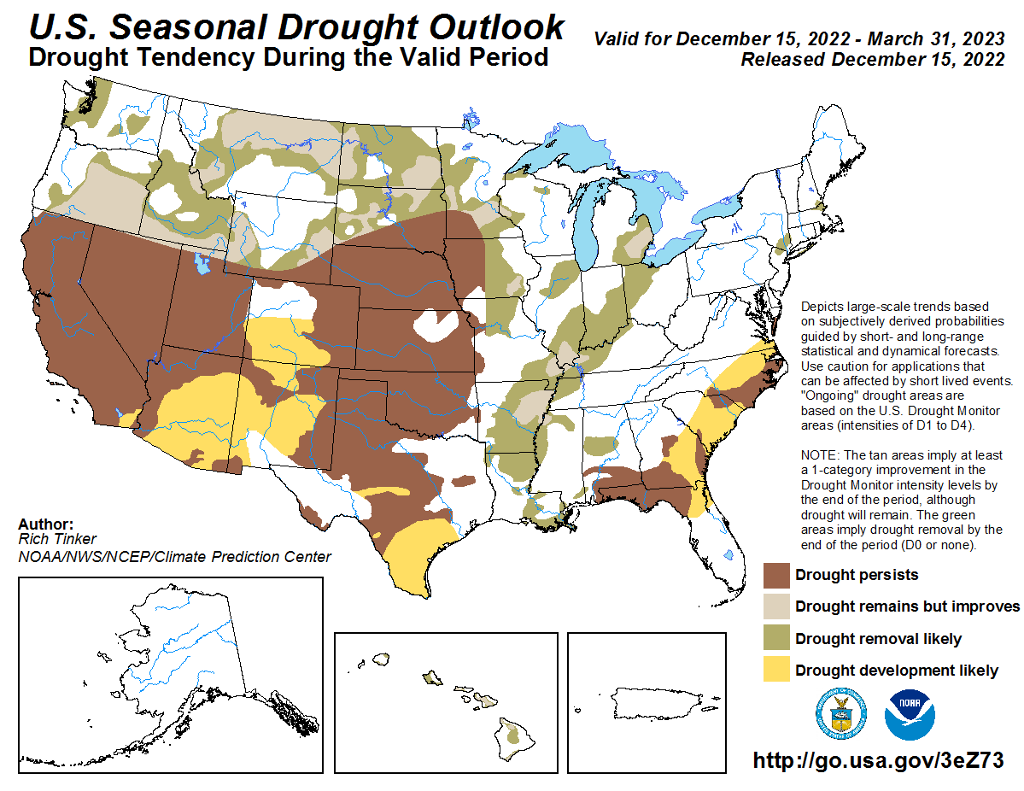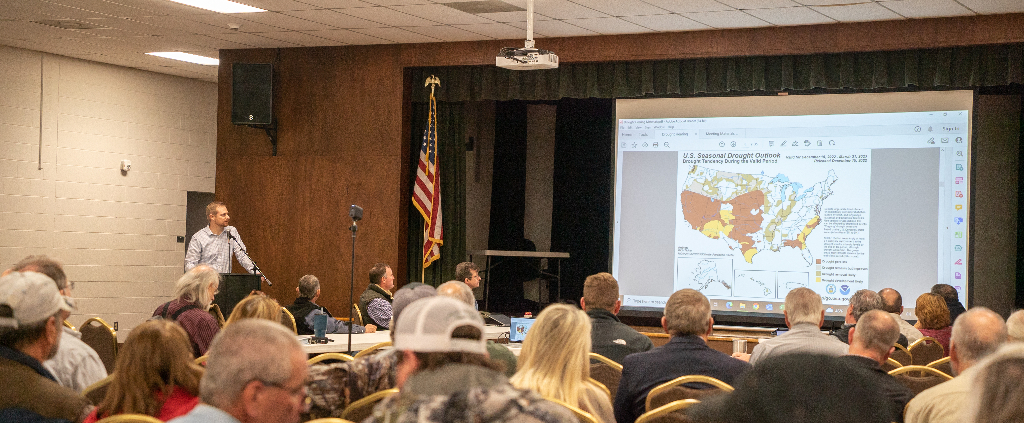First-time mandatory groundwater-use restrictions imposed in Burnet County

Dozens of residents attended a public hearing on mandatory groundwater restrictions for high-use wells in Burnet County on Dec. 20. The Central Texas Groundwater Conservation District Board of Directors ultimately voted in favor of the restrictions after a presentation from district General Manager Mitchell Sodek and public comments. Staff photo by Dakota Morrissiey
The maximum allowable groundwater usage for permitted well owners in Burnet County will be reduced by 15 percent throughout 2023, or until the Central Texas Groundwater Conservation District reduces or removes restrictions.
The district’s Board of Directors approved the restrictions after a public hearing Tuesday, Dec. 20, in the Burnet County AgriLife Extension Office in Burnet.
Maximum allowable groundwater usage is the amount of water a well owner is permitted to use, not the amount they are actually using. Many permit holders already use less than the maximum allowed.
This is the first time mandatory restrictions have been imposed by the groundwater district since it was formed in 2005. The decision was made in the face of bleak groundwater numbers and poor weather forecasts for the coming year.
Small residential wells with pump rates less than 17.36 gallons per minute are not affected. Violations of the restrictions could lead to civil fines of $50 to $500 per day of recorded violations.
Less than 4 percent of the wells in Burnet County are permitted wells, but they account for over 50 percent of the water used, according to district General Manager Mitchell Sodek. Among the permitted users are the cities of Bertram and Highland Haven and larger companies like Corix Utilities and Aqua Texas.

Bertram is one of the largest water users in the county, with a permitted use of 366.5 acre-feet of groundwater. For reference, this is four and a half times the amount of water permitted to the city of Highland Haven, which is 82 acre-feet.
“We understand your concerns for conservation, but we are a public water supply company,” Bertram City Administrator Georgina Hernandez said during the public comment section of the hearing. “The city provides water to the citizens of Bertram.”
Hernandez expressed concerns about the restrictions because the city is seeing unprecedented development and is totally reliant on groundwater. The city is already using 294 acre-feet, or 80 percent, of its allowed 366.5 acre-feet of water per year. The newly approved restrictions will bring that total down to 311.5 acre-feet of allowable use, leaving little room for growth.
While the restrictions will only affect major users, the district is still urging Burnet County groundwater users to voluntarily reduce their usage by 30 percent, if possible. Eighty-five percent of the wells in Burnet County are considered “exempt” and not directly impacted by the restrictions, but their usage does impact the county’s groundwater as a whole.
“Everybody is affecting the groundwater to some degree. So if you’re pumping from a well, it should be on everybody to do some sort of conservation,” Sodek said.
The hearing followed the groundwater conservation district’s drought management plan, which mandates that restrictions be voted on before the end of the year.
The vote came after a presentation that depicted consistent historically low well levels across Burnet County. Also, a La Nina weather pattern is expected to continue for a third year deep into 2023, which typically means drier weather for the southern United States. The district’s drought management plan uses the Palmer Hydrological Drought Index as a guide to determine drought stages.

“You can see the downward trends of those wells, and they could continue on that trajectory,” Sodek told DailyTrib.com after the hearing. “It certainly has a long-term impact, and it is accelerated in the warmer months of the year because of the increased use of outdoor watering. The net result is that you could have some wells fail or go dry, and the shallower wells will go first.”
While the index shows that Burnet County’s drought has improved from “extreme” to “severe,” Sodek still recommended that the county stay in Stage 4 of the drought management plan and that the board vote in favor of the restrictions.
“We have a drought management plan for a reason,” Sodek told the directors after his presentation. “I think we ought to follow it.”
The restrictions are in alignment with the district’s Stage 4 drought management plan, which allows for a 15 percent reduction on the maximum allowable groundwater use on permitted wells in Burnet County.











Leave a Reply
Want to join the discussion?Feel free to contribute!